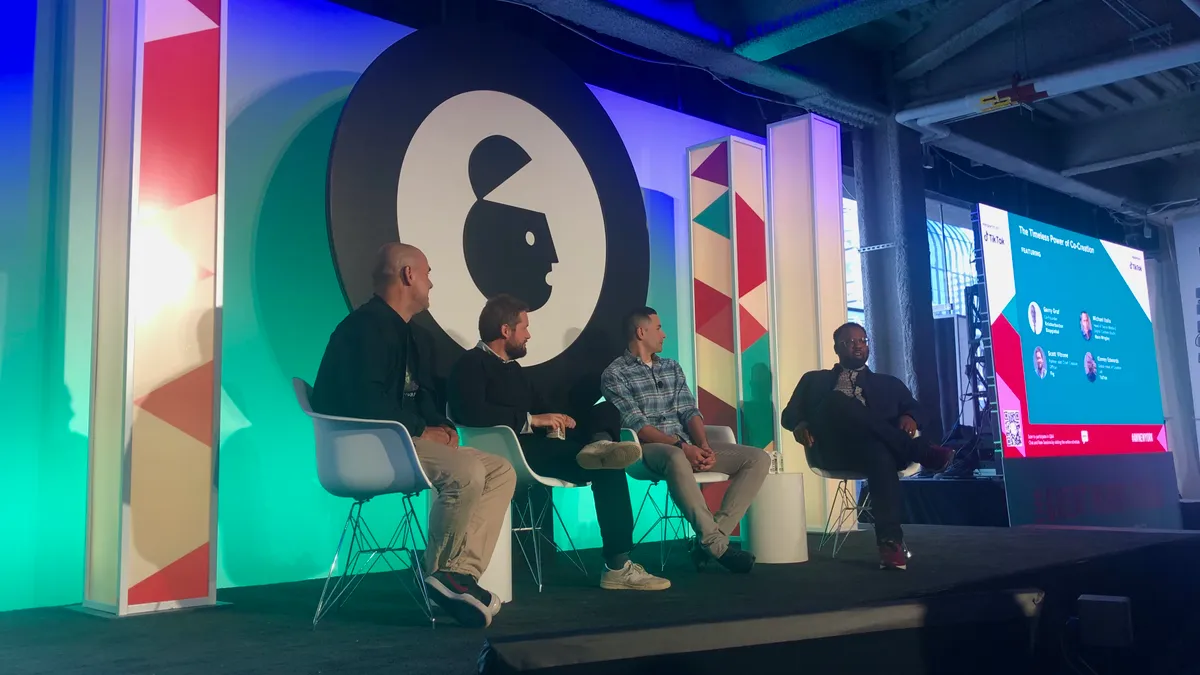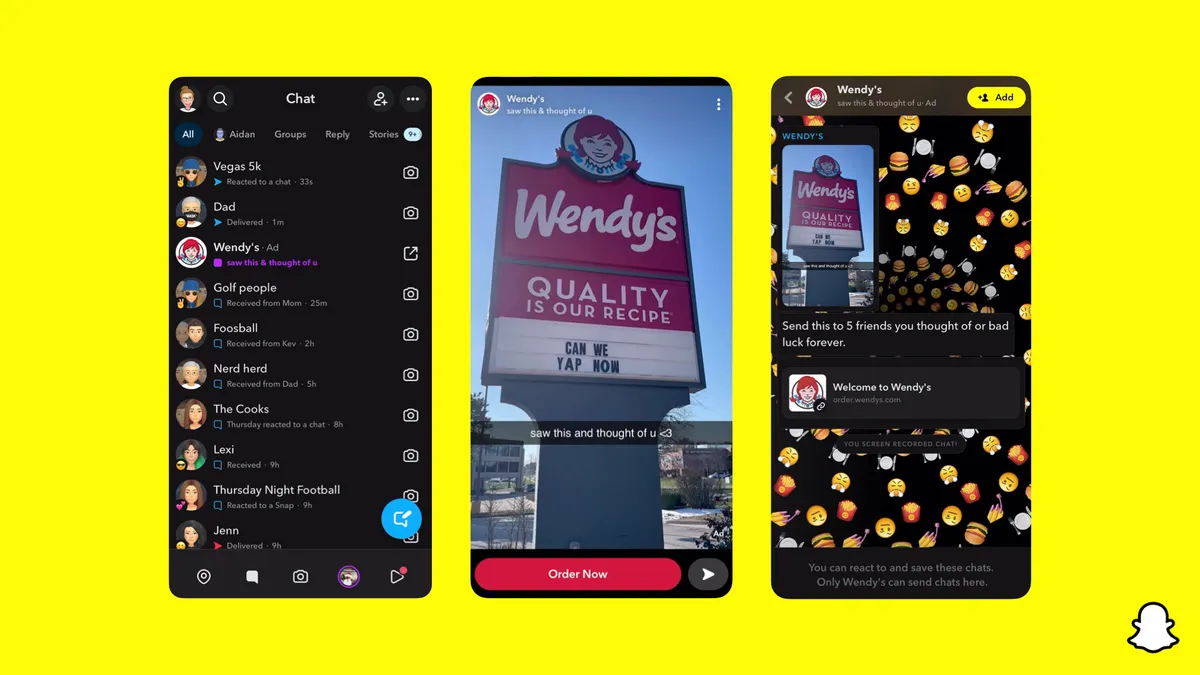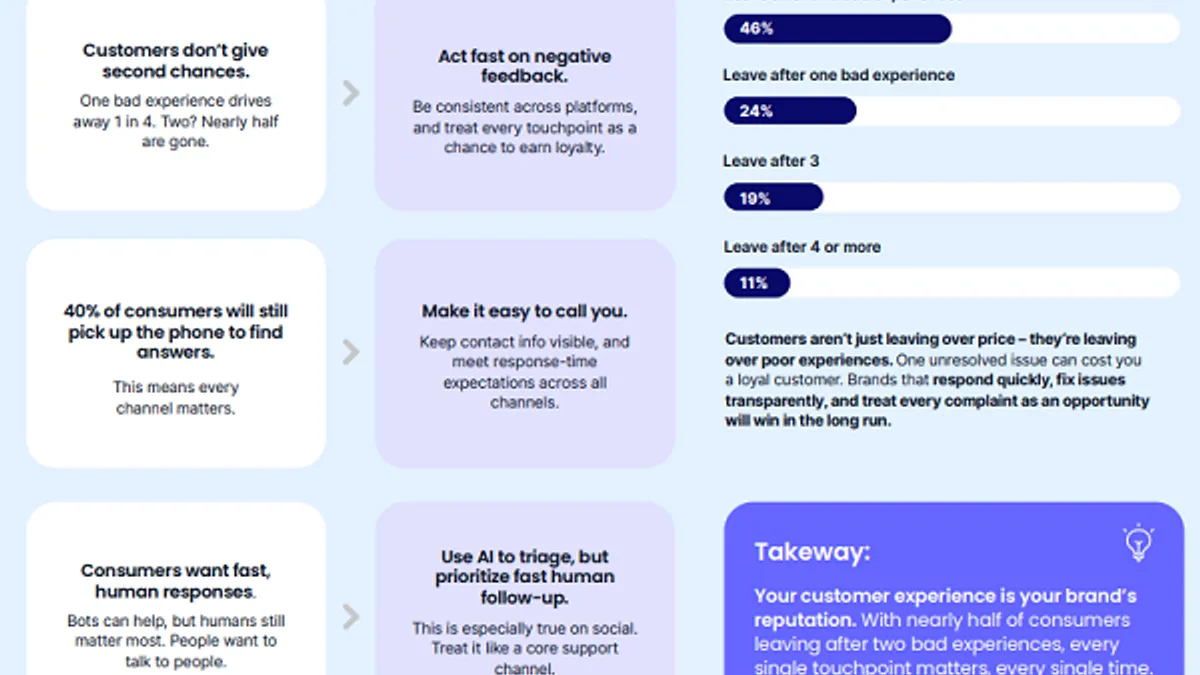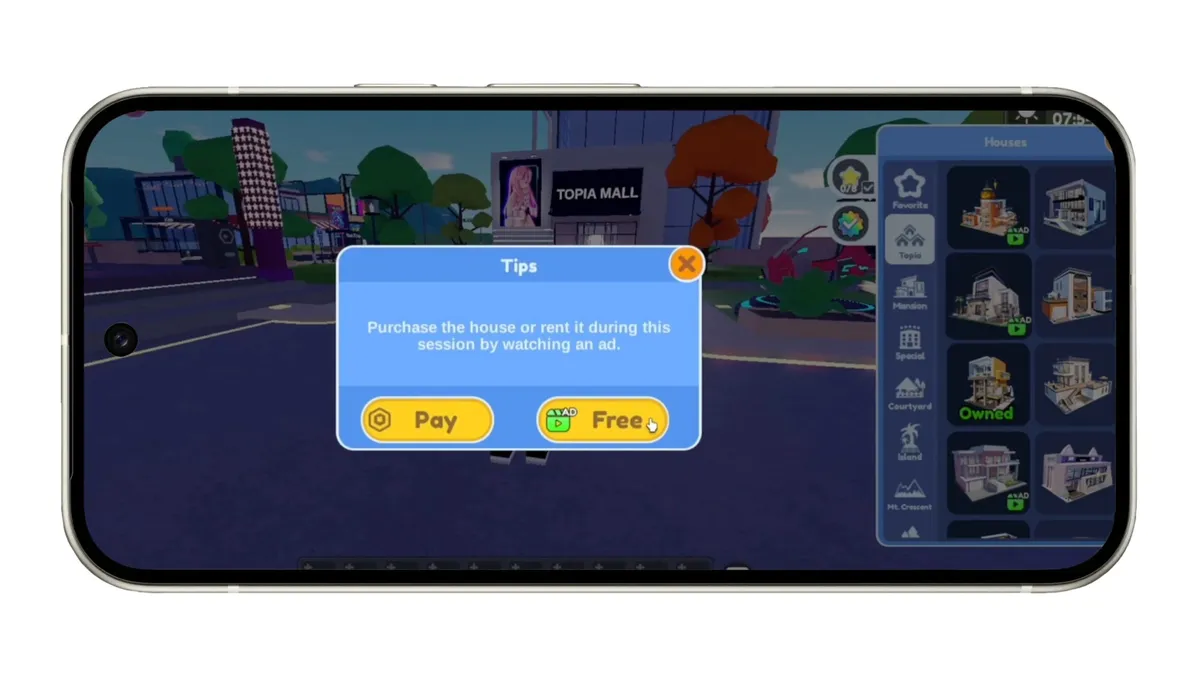NEW YORK — "What's old is new" might not be an adage that marketers under pressure to innovate want to adhere to, but a recent TikTok trend underpins the power of revisiting a past idea for the social video age. The latest marketing sensation on the ByteDance-owned app isn't a newfangled piece of technology or Gen Z friendly direct-to-consumer brand, but rather references a 14-year-old Starburst commercial that stars an odd "Little Lad" — an adult dressed in antiquated schoolboy attire who does an increasingly shrill song-and-dance routine for what was then a new Berries and Cream flavor.
During a panel at Advertising Week Tuesday, executives suggested Berries and Cream's resurgence extends beyond mere consumer nostalgia, as many TikTok users eager to post their own take on the jig were likely still in diapers when the 2007 campaign launched (the app is particularly popular with teens). Starburst has quickly capitalized on the cultural buzz by releasing a Halloween costume based on the character portrayed by actor Jack Ferver. Other marketers are similarly glomming on to the social media hubbub, with Shiner Beer planning to brew a Berries and Cream variant.
"These are campaigns that live a long time. In fact, the people who are interacting with these ads today probably weren't even around when they first aired," said Michael Italia, head of social media and the digital content studio at Starburst owner Mars Wrigley. The discussion was moderated by Kinney Edwards, global head of TikTok's Creative Lab.
"This new generation of fans are seeing this content for the first time through their own favorite creators, and that just brings it to a whole new life," added Italia, who did not yet work at Mars Wrigley when the Starburst push debuted.
Berries and Cream's ascendance to the top of the TikTok charts speaks to the platform's distinctive ability to flip organically emerging discussions into viral juggernauts. Features like duets and stitches make it easier for users to latch onto such trends, per Italia, while sound snippets that accompany videos have been remixed to integrate the Berries and Cream audio into everything from Abba songs to Queen's "Bohemian Rhapsody."
TikTok's focus on short-form content further reinforces an iterable quality that has turned Berries and Cream into a phenomenon. Posts inspired by the commercial have drawn more than 350 million views as of September, per details emailed to Marketing Dive.
"One great thing about TikTok is the format; the time format somehow makes it just more consumable," said Scott Vitrone, one of the architects of the initial Starburst campaign who is now the chief creative officer at Fig. "There's an energy to these [TikToks] that just seems more shareable and enjoyable."
Take two
In some ways, Berries and Cream was poised for this moment. The original effort, which was developed by agency TBWA\Chiat\Day New York, was largely on TV, but also featured a digital video teaching viewers how to properly do the Little Lad's signature dance.
"YouTube was young and we knew that people were reenacting our Starburst and some Skittles commercials," said Gerry Graf, who served as executive creative director of the original commercial, which is actually titled "Bus Station." Graf currently works at Knickerbocker Slap Global, an advertising firm he co-founded.
"When the spot was released on network [TV], we also released, on YouTube, a how-to-do the dance [video] because we wanted to encourage people to take it and make it their own," Graf added. "From the beginning, it was crafted to share."
But YouTube at the time had its limitations, and Vitrone said some of the takes that were uploaded by fans spiraled into tedium in a longer format. The concept of a "viral" video was then fledgling, while mobile adoption rates were comparatively low.
"From the beginning, it was crafted to share."

Gerry Graf
Co-founder, Knickerbocker Slap Global
TikTok's bigger mandate around immediacy has advantages in playing into the demand for snackable content that's been driven by mobile's ascendance. For marketers, those same expectations present challenges to making an impact.
"The minute you put something out to people and it's not entertaining, it feels like an ad," Italia said. "It's one or two seconds at most to get their attention."
Experimentation and a willingness to deal with ideas that don't immediately take off is part of learning the TikTok ropes, according to Italia. He suggested some of Mars Wrigley's attempts to crack the platform's formula have gone virtually nowhere, making the Berries and Cream trend seem all the more like a major win.
"We fail a lot, too," Italia said. "TikTok's a platform you can test a lot on, and you don't always know exactly what's going to be the winning formula. But when you get it, clearly you get it."
TikTok also puts a larger premium on the content creators who drive its algorithm. Brands must ultimately learn to trust that those influencers have a better sense of what their followers want out of videos than marketing departments accustomed to following stricter guidelines, Italia suggested.
"The worst thing you can do is hand the creator a script and [say], 'Here go read this.' They have to bring themselves to the production. No one knows their audience better than them," he said. "If their audience doesn't love it but the brand loves it, who cares?"
Lightning in a bottle
Berries and Cream's second life has been supported by the TikTok creator community and Ferver, whose @thereallittlelad account now commands north of 2.1 million followers. At the close of the panel, Ferver joined virtually in character for a "Q&A" segment where the actor ribbed some the ad's creators (who themselves eventually performed an awkward version of the Little Lad dance before clearing the stage).
For marketers eager to capture similar moments, speakers recommended not getting too deliberate when pulling together their strategies. Berries and Cream's comeback in some ways appears to be lightning in a bottle.
Graf traced part of its origins on TikTok to a post by the podcast host Justin McElroy, who, on Twitter, claimed to have shared the audio as an original sound back in the spring. That it's only taken off in recent weeks highlights how marketers need to keep a close ear to the ground for windows where they can imbue their brands — and even older ads — with fresh relevance.
"If you set out [like], 'Oh, this is going to become a thing and people are going to take it,' you generally fail," Vitrone said. "If you're just doing something that is organic to your creativity or your team's creativity [...] even if you don't fully understand it, that's when you have a better shot at landing something like this."























